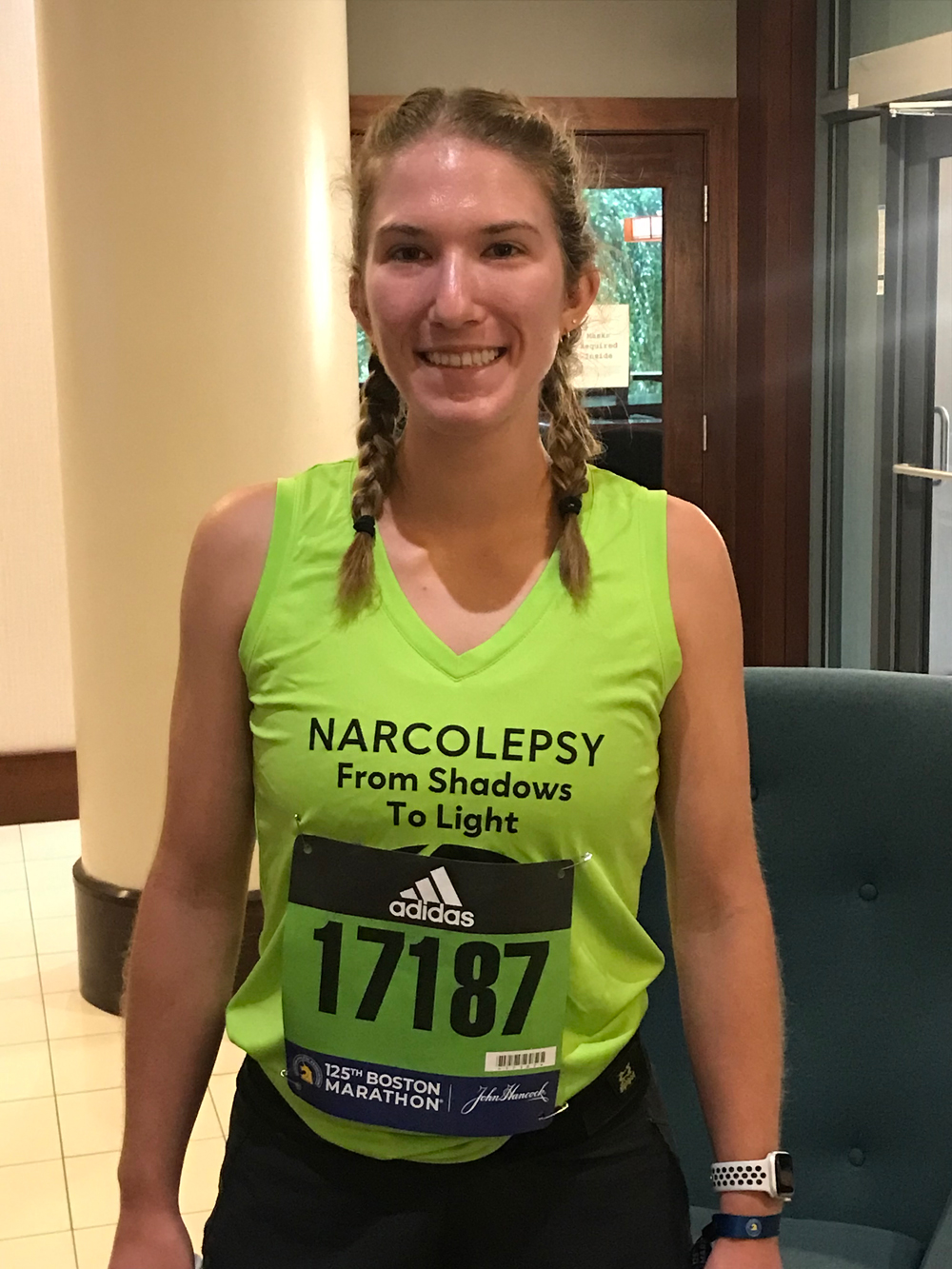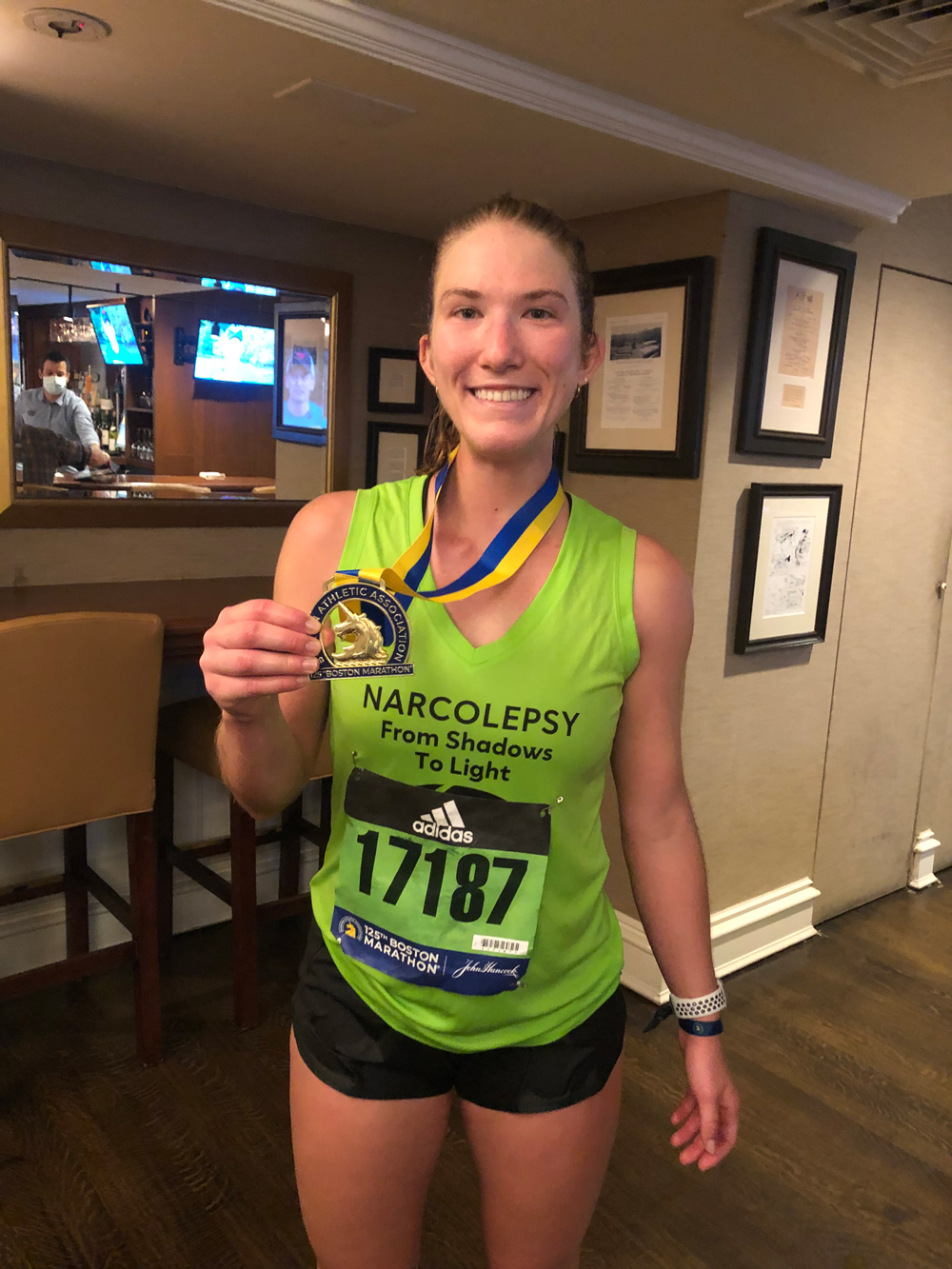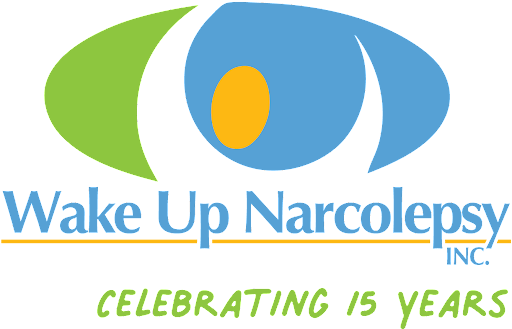Jan 17 2023
She Won’t Let Narcolepsy Hold Her Back: Maxine Parr’s Narcolepsy Journey
h in Blogs

Maxine is also a person living with narcolepsy.
Her journey to diagnosis was, unfortunately, similar to many living with this condition. It wasn’t until six years after she started showing symptoms that she received her formal diagnosis of narcolepsy. Until that point, she was thought of as “just a tired athlete” or a busy college student. That what she was experiencing was normal since she had a lot on her plate. When she sought medical help initially, her doctors and athletic trainers at school attributed her symptoms to mononucleosis. She was told to just take the summer between sophomore and junior year to recover and was assured she would get better. It wasn’t until she started falling asleep during exams her third year of college that she finally met with a sleep specialist who was able to uncover her narcolepsy diagnosis.
After that point, “it felt weird that nothing changed, but everything changed,” says Parr. Those first few months included a lot of highs and lows. Parr describes a whirlwind of emotions in which she would alternate between feelings of optimism with finally having her diagnosis to “oh my god,” this disorder is the reason why she was, for instance, falling asleep in the middle of a stretching session after rowing practice. It’s why she was experiencing hallucinations and why she was having sleep paralysis five to six times per week.
Parr describes the sleepiness associated with narcolepsy as “I’m so tired, I feel it in my stomach. I can’t eat, I’m too tired. I can barely walk to class, I’m too tired.” While her symptoms at this point are relatively well managed through medication, Parr wants to make clear the following: “Just because I’m awake doesn’t mean I’m fine.” This salient point is a sentiment many people with narcolepsy readily relate to given the invisible nature of the illness.

Now, Parr is planning on running an ultra marathon come January 2023 in Big Bend, Texas and is busy training for this endeavor. She hopes to set an example for others living with narcolepsy and show that narcolepsy doesn’t have to prevent you from succeeding in your goals, whatever they may be. Parr states “A lot of people think it’s impossible to do things like that with this condition, and it’s very much not. If it’s something you enjoy, do it. Not every person with narcolepsy has to run an ultra marathon, but if you enjoy it, don’t let narcolepsy get in the way.”
Although Parr is not running the Boston Marathon this upcoming 2023 year, you can visit this page on Wake Up Narcolepy’s website to learn more about the 2023 “WUNers” and how to donate to their campaigns. If you would like to donate to Wake Up Narcolepsy directly or would like more information on how you can get involved, please follow this link.
